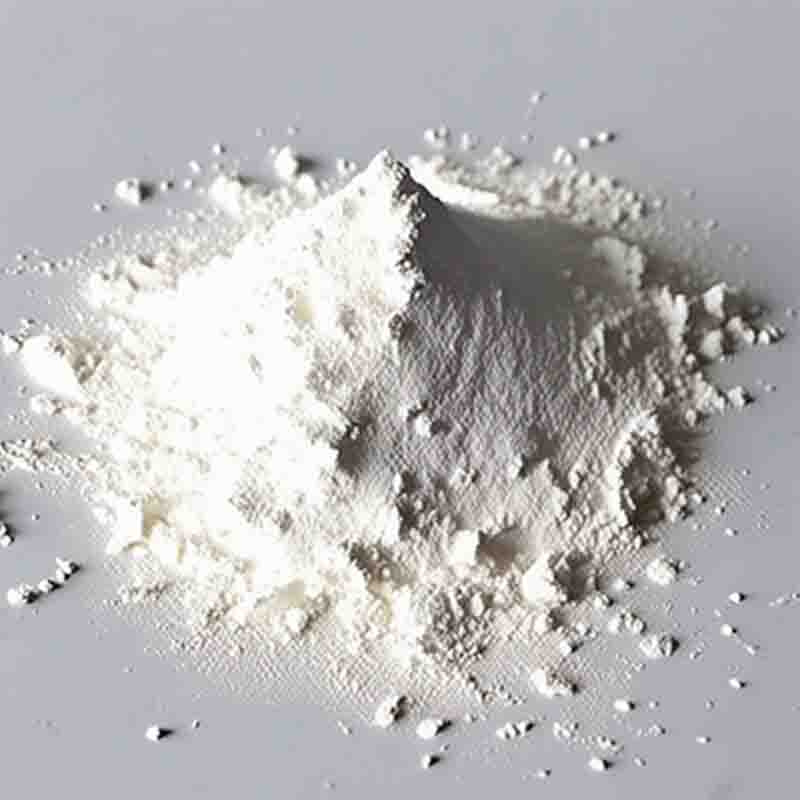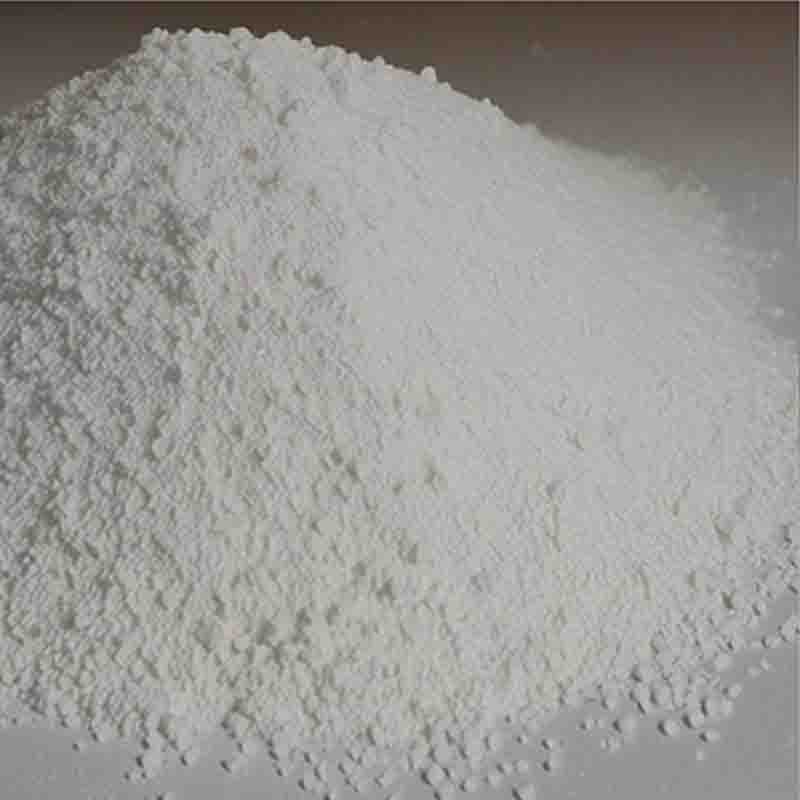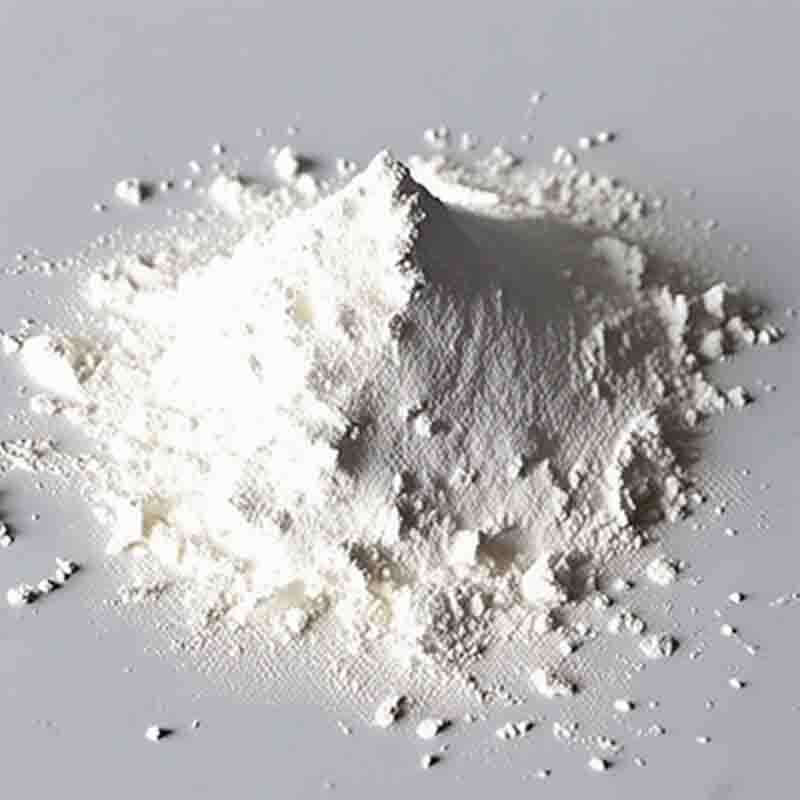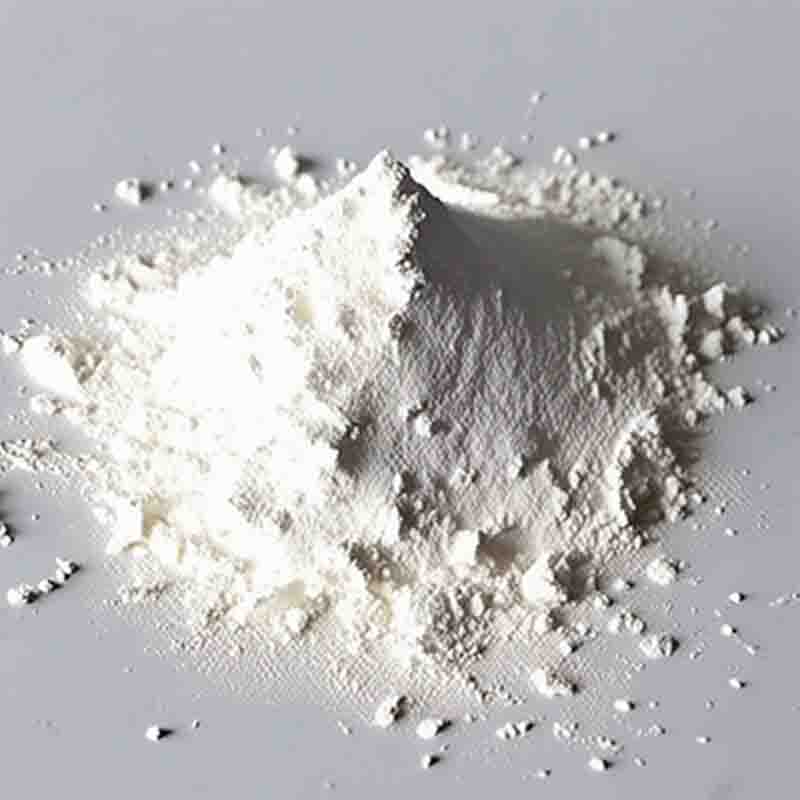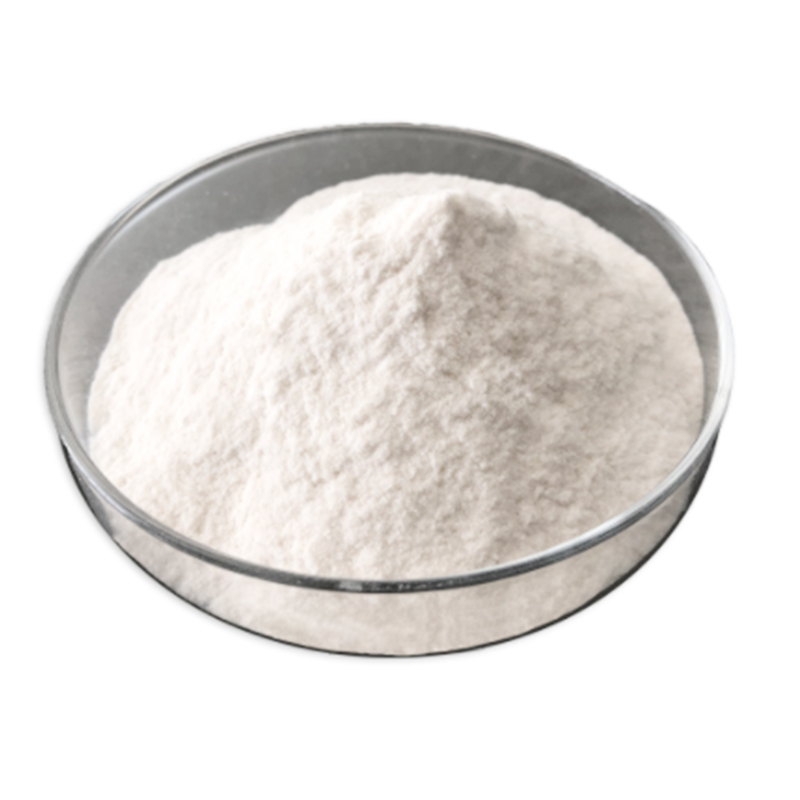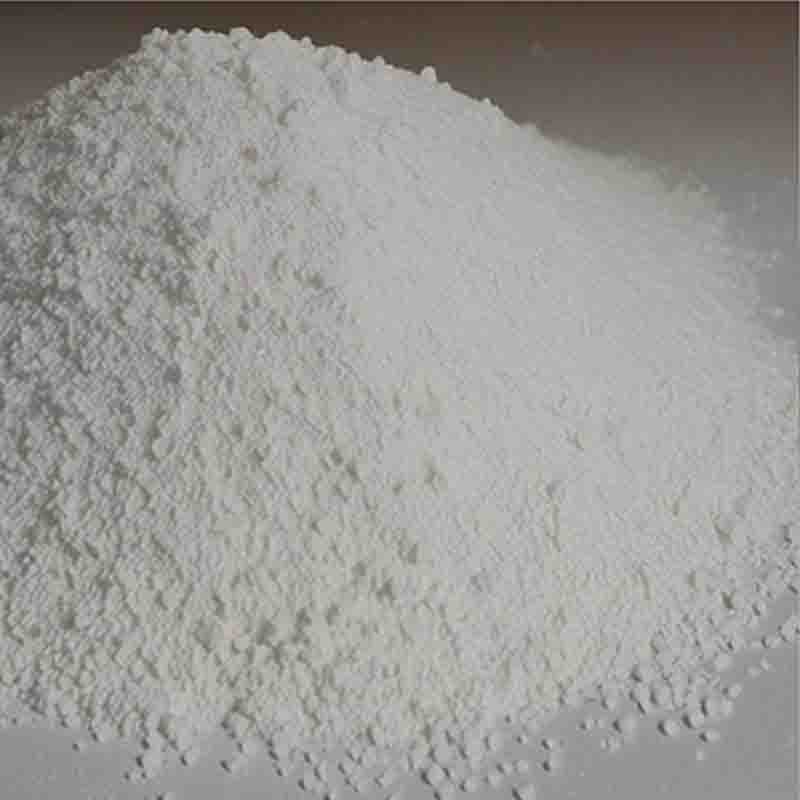5-Acetyl-2-amino-4-methylthiazole CAS:30748-47-1
| Catalog Number | XD95950 |
| Product Name | 5-Acetyl-2-amino-4-methylthiazole |
| CAS | 30748-47-1 |
| Molecular Formula | C6H8N2OS |
| Molecular Weight | 156.21 |
| Storage Details | Ambient |
Product Specification
| Appearance | White powder |
| Assay | 99% min |
5-Acetyl-2-amino-4-methylthiazole is a chemical compound with a molecular weight of 156.21 g/mol. While specific research on this compound is limited, its structural and chemical properties suggest potential therapeutic applications and biological activities.
Thiazole derivatives, such as 5-Acetyl-2-amino-4-methylthiazole, have been investigated for their diverse pharmacological effects. One area of interest is their potential antimicrobial activity. Thiazole compounds have shown promise as antibacterial and antifungal agents, suggesting that 5-Acetyl-2-amino-4-methylthiazole may have applications in the treatment of microbial infections.
Additionally, thiazole derivatives have been studied for their potential anti-inflammatory properties. Research has indicated that these compounds exhibit inhibitory effects on inflammatory mediators and pathways, suggesting that 5-Acetyl-2-amino-4-methylthiazole may have the ability to modulate inflammatory responses and could be beneficial in conditions characterized by inflammation.
Moreover, thiazole derivatives have been investigated for their potential as antiviral agents. While specific research on 5-Acetyl-2-amino-4-methylthiazole in this context is limited, thiazole compounds have shown activity against certain viruses, indicating that further exploration of its antiviral potential may be warranted.
Furthermore, thiazole derivatives have been studied for their potential antioxidant properties. Compounds with thiazole moieties have demonstrated antioxidant activity, which could be beneficial in protecting cells and tissues from oxidative damage and in mitigating oxidative stress-related conditions.
While specific information on the effects of 5-Acetyl-2-amino-4-methylthiazole is limited, its chemical structure and the known properties of thiazole derivatives suggest potential therapeutic applications. Further research is needed to elucidate its biological activities, pharmacological effects, and potential as a lead compound for drug development. Its diverse pharmacological properties highlight its potential for the discovery of novel drug candidates with therapeutic applications in various disease conditions.
In conclusion, 5-Acetyl-2-amino-4-methylthiazole is a compound with potential for therapeutic applications in various disease conditions. Its diverse pharmacological properties suggest that it may have antimicrobial, anti-inflammatory, antiviral, and antioxidant effects, making it a promising candidate for further research and development in the field of drug discovery.


